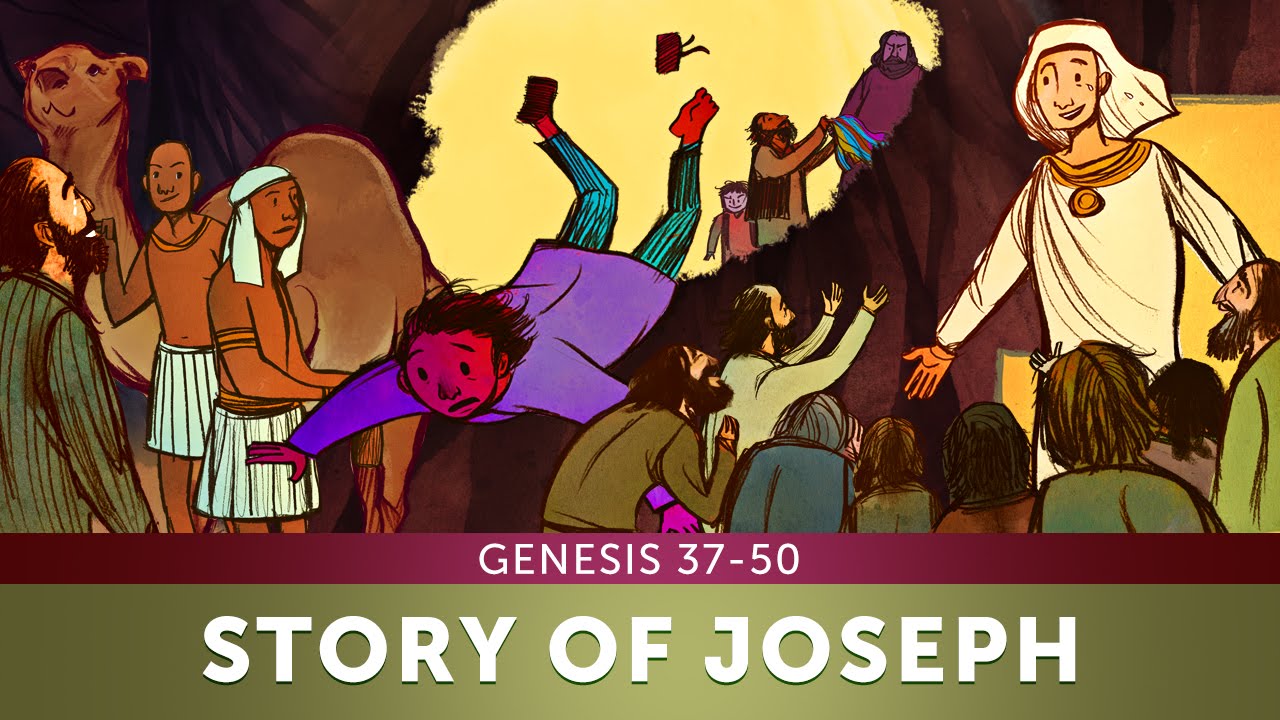Unique among the stories of saints’ lives is an extraordinary document of the tenth century, a highly polished tale of an Indian king who shuts away his only son, Ioasaph, in a remote palace to protect him from the knowledge of the world, and especially to prevent his being converted to Christianity. But the prince cannot be protected; he sees a sick man, a blind man, and a dead man. And when he is in despair at life’s cruelties, a wise monk in disguise, named Barlaam, succeeds in reaching him by pretending to have a precious jewel that he wishes to show. The jewel is the jewel of the Christian faith, and the rest of the long story is an account of the wise Barlaam’s conversion of Prince Ioasaph.
During the conversion, Barlaam tells Ioasaph ten moral tales illustrating the Christian life. One of these reappears in Elizabethan literature as the casket story in Shakespeare’s Merchant of Venice; another is the tale of Everyman, which later became common in all Western literatures; other Barlaam stories were used by hundreds of Western authors and preachers of all nationalities.
What is most extraordinary about this piece of Byzantine literature is that the story originally comes from India. The life of Ioasaph is a Christianized version of the life of Buddha, the great Indian religious leader of the sixth century B.C.. His life story passed through Persia via the Arabs to the Caucasian kingdom of Georgia before it was turned into Greek legend and transmitted to the West. And the stories that Barlaam tells to convert Ioasaph are also Indian in origin and are either Bud-dhist birth-stories (recitals of the Buddha’s experiences in earlier incarnations used as comment upon what was going on around him) or Hindu moral-cosmic tales. Indeed the very name Ioasaph was once Bodasaph, and so is the same as the Indian word bodhisattva, which means a person destined to attain Buddhahood. Prince Ioasaph has been canonized a saint of both the Orthodox and the Roman Catholic churches, and thus through this legend Buddha himself became and has remained a Christian saint in the eyes of many commentators.
Sometimes nearly identical, and certainly quite similar, legends can be found in different cultures. These legends are taken as evidence of major migrations of peoples, of movement of key individuals between cultures, or—as in the work of the psychologist Carl Jung—of a “collective unconscious” on which different societies draw.

